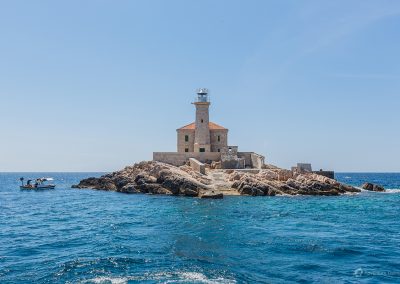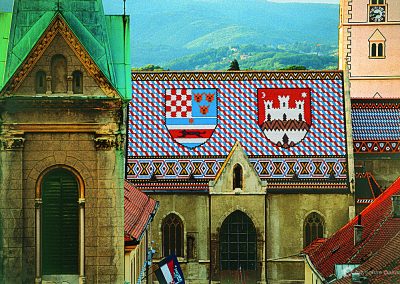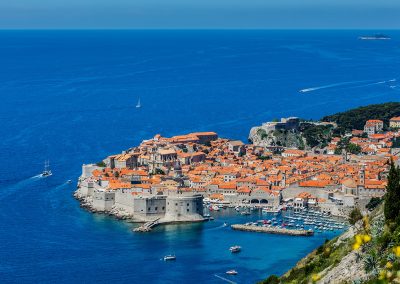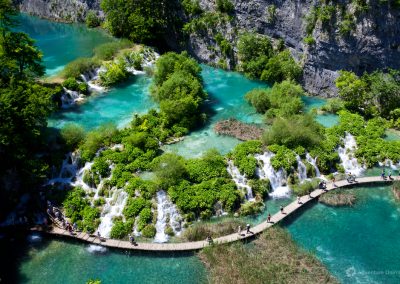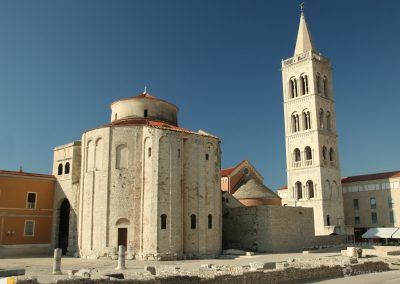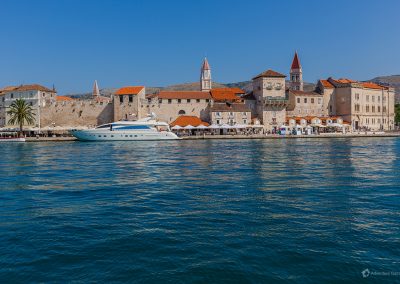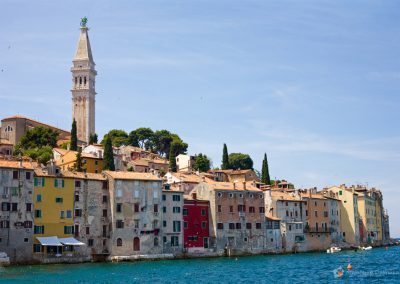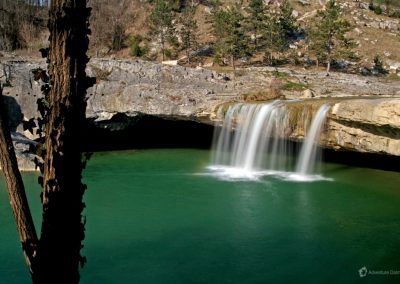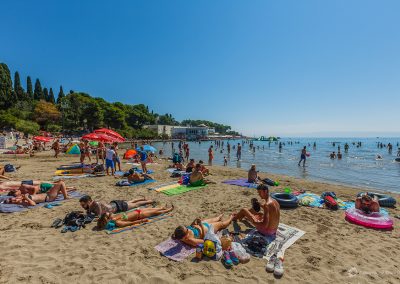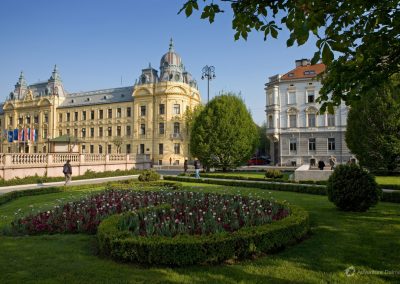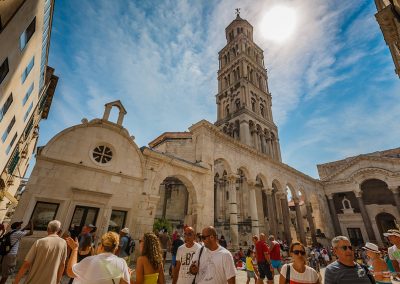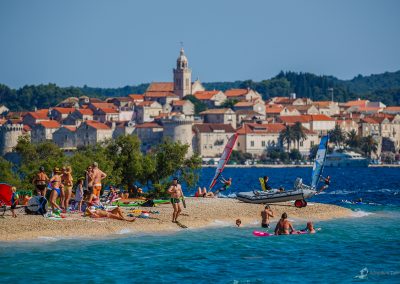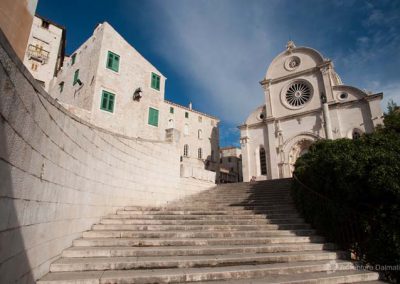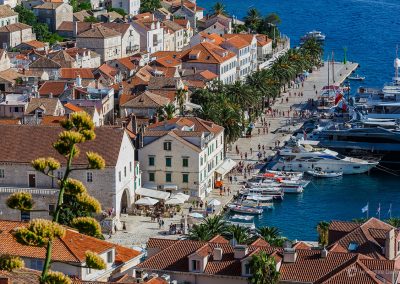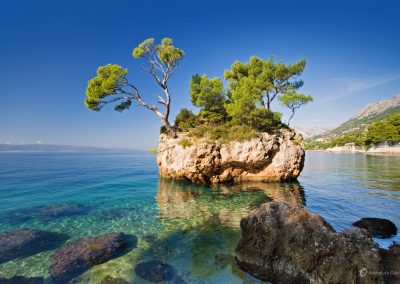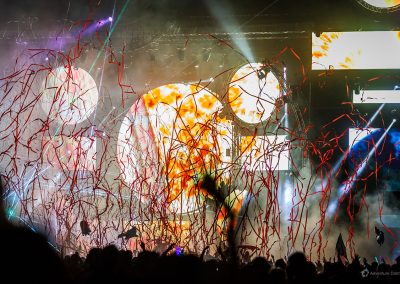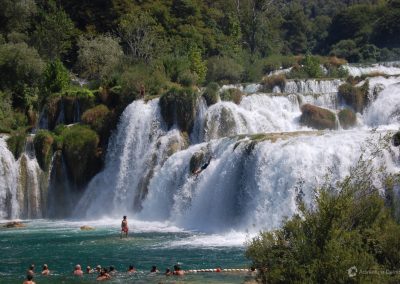CROATIA
Geographical position:
Croatia extends from the furthest eastern edges of the Alps in the northwest to the Pannonian Plain and the banks of the Danube River in the east. Its central region is covered by the Dinaric mountain range, while its southern parts extend to the Adriatic coast.
Area:
The mainland covers 56,542 km², while the surface of the territorial sea is 31,067 km².
Population:
Croatia has a population of 4,437,460 inhabitants, where the majority are Croats (app 90 %) while ethnic minorities are Serbs, Slovenians, Hungarians, Bosnians, Italians, Czech and others.
Capital:
Zagreb, with its population of 779,145 is an economic, traffic, cultural, scientific and academic centre of the country.
Length of the coastline on the Adriatic Sea:
5835 km of which 1,777 km is mainland, while 4058 km is coastline of islands, islets and reefs.
Number of islands, islets and reefs:
Croatia has an incredible number of 1,185 islands, islets and reefs with Krk and Cres being the largest islands. From this huge number, only 50 islands are inhabited.
The highest peak:
Dinara (part of Dinaric Alps) with altitude of 1,831 meters (6,007 ft)
System of government:
Republic of Croatia is a parliamentary republic.
Climate:
There are two climate zones in Croatia:
– Temperate continental climate (partially mountainous climate) that prevails in the inland parts and
– Mediterranean climate that dominates along the Adriatic coast and is characterized by a lot of sunny days, dry and hot summers, mild and rainy winters.
Average temperatures in the inland are: 0ºC to 2ºC (32ºF to 36º F) in January and 19ºC to 23ºC (66ºF to 73ºF) in August.
Average temperatures at the seaside are: 6ºC to 11ºC (43ºF to 52º F) in January and 21ºC to 27ºC (70ºF to 81ºF) in August.
The sea temperature in the winter is 12ºC (54 ºF) and in the summer 25ºC (77ºF)
Money:
Currency used is called Kuna (Currency Code=HRK), which refers to a marten, an animal whose fur was used as a mean of payment throughout Croatian history.
Subunit is called Lipa and it refers to linden (lime) tree. 1 Kuna = 100 Lipa
Foreign currencies can be exchanged at banks, exchange offices, post offices, travel agencies, and hotels. At most locations, it is possible to pay with credit cards, while Kuna in cash can be taken out from an ATM.
Shopping, Business, Banking Hours:
Office hours in Croatia are generally 08:00-15:00 Shopping hours are Mon-Fri 08:00-20:00, Sat from 08:00 to 13:00 Bank hours are Mon-Fri 08:00-20:00. Supermarkets are open from 07.00 to 21:00 seven days a week
Pharmacies, Emergency Medical Help:
Pharmacies are open during normal business hours. Some pharmacies are open at night. There are also many Hospitals and health centers in Dalmatia. Emergency Medical help number is 112.
Police:
The 24-hour emergency phone number in Croatia is 112.
Electric Current:
The electric current in Croatia is 220volts/50 HZ AC.
Gas stations:
On highways and in the cities they are open for 24 hours. In smaller places they usually work from 06:00 to 22:00.
Vaccinations:
Vaccinations are not required.
Official language:
Croatian (Hrvatski)
Foreign languages used (usually):
English, German, Spanish, Italian, French
Airports:
Croatia has eight airports, located in all major economic and tourist centers: Zagreb, Split, Dubrovnik, Pula, Zadar, Osijek and on two islands: Krk and Brač. Airports Zadar,Brač, Split and Dubrovnik are located in Dalmatia.
Visit:
Capital city of Zagreb is 380 km up north from Split and they are connected with a highway called Dalmatina.
Split is the main traffic hub of the Dalmatian region and during the summer season it is very well connected with all Dalmatian islands by ferry.
Croatia has eight national parks: Paklenica, North Velebit, Plitvice Lakes, Brijuni archipelago, Kornati islands, Krka River and Mljet island.
Culture:
Croatia abounds with historical and cultural monuments from different periods due to turbulent historical events and the interweaving of different cultures. Its architecture on the coastline is characterized by the influences of the Mediterranean culture, and many ancient monuments from the Greek and Roman period can be found along the coast.
Continental Croatia is a part of the Central European cultural circle that emphasizes the old towns, fortresses and castles from the late Middle Ages and architecture from the Baroque period.
Three urban units and two monumental complexes are included in the register of the Monuments of World Cultural Heritage by UNESCO.
Those are: the Diocletian’s palace in Split, the towns of Dubrovnik and Trogir, the Euphrasian basilica in Poreč and St. Jacob’s cathedral in Šibenik.
The national park called Plitvice Lakes is also included in the register of Monuments of World Cultural Heritage by UNESCO.


